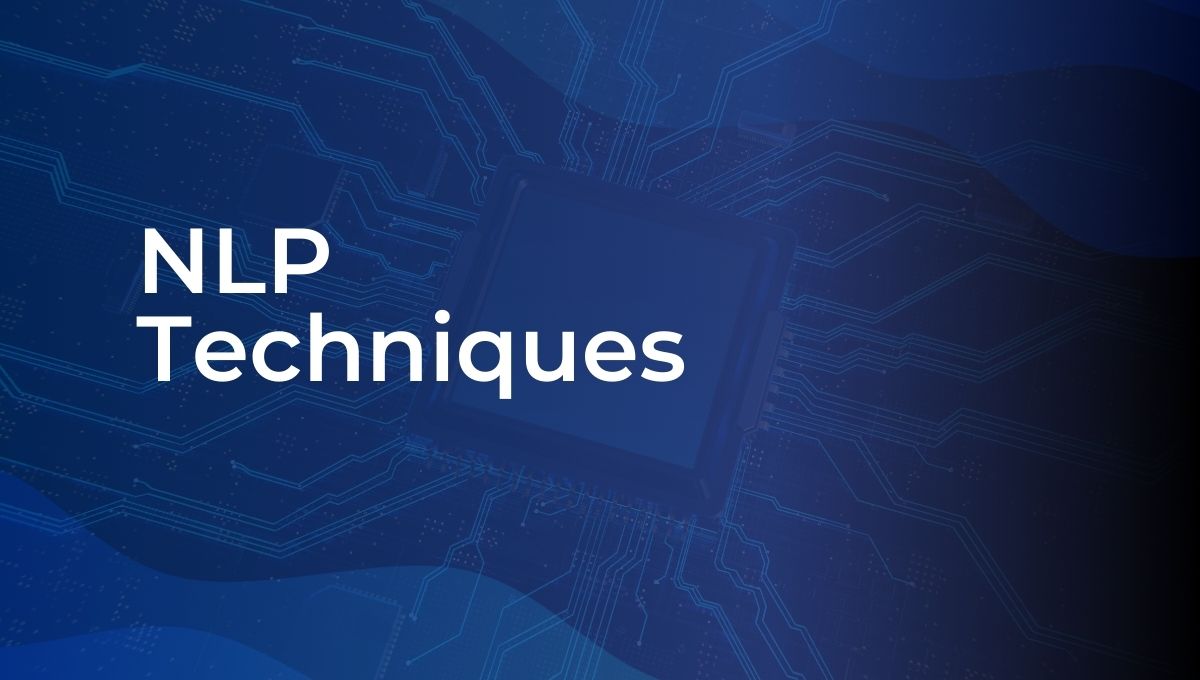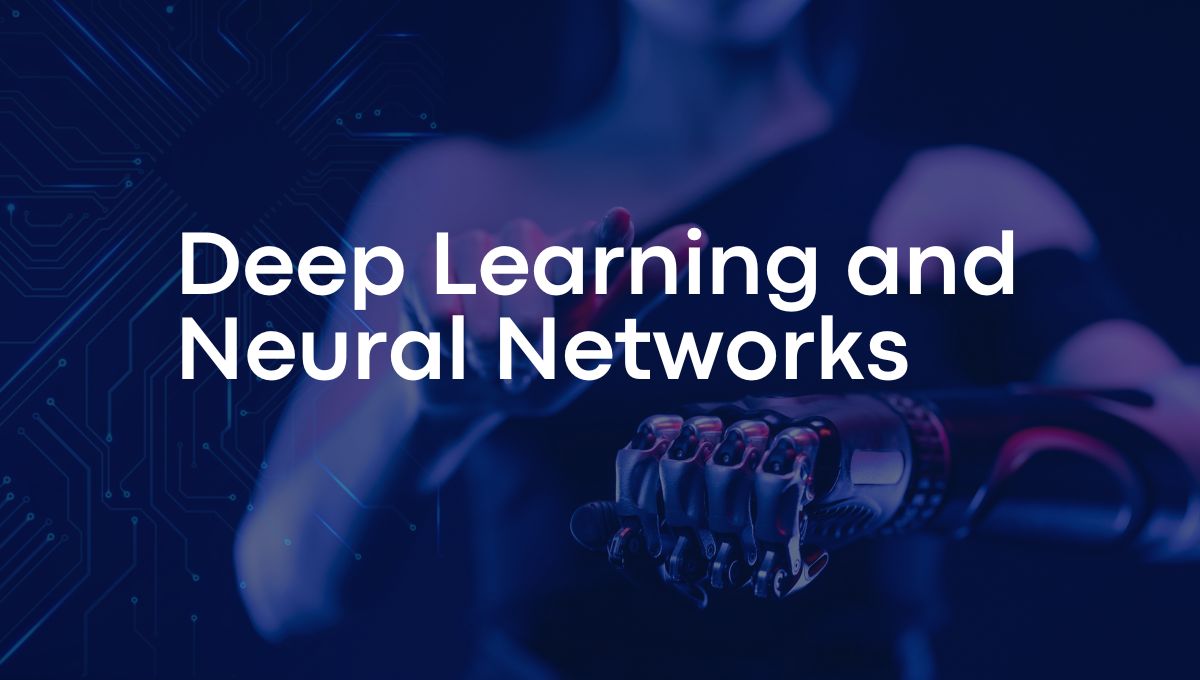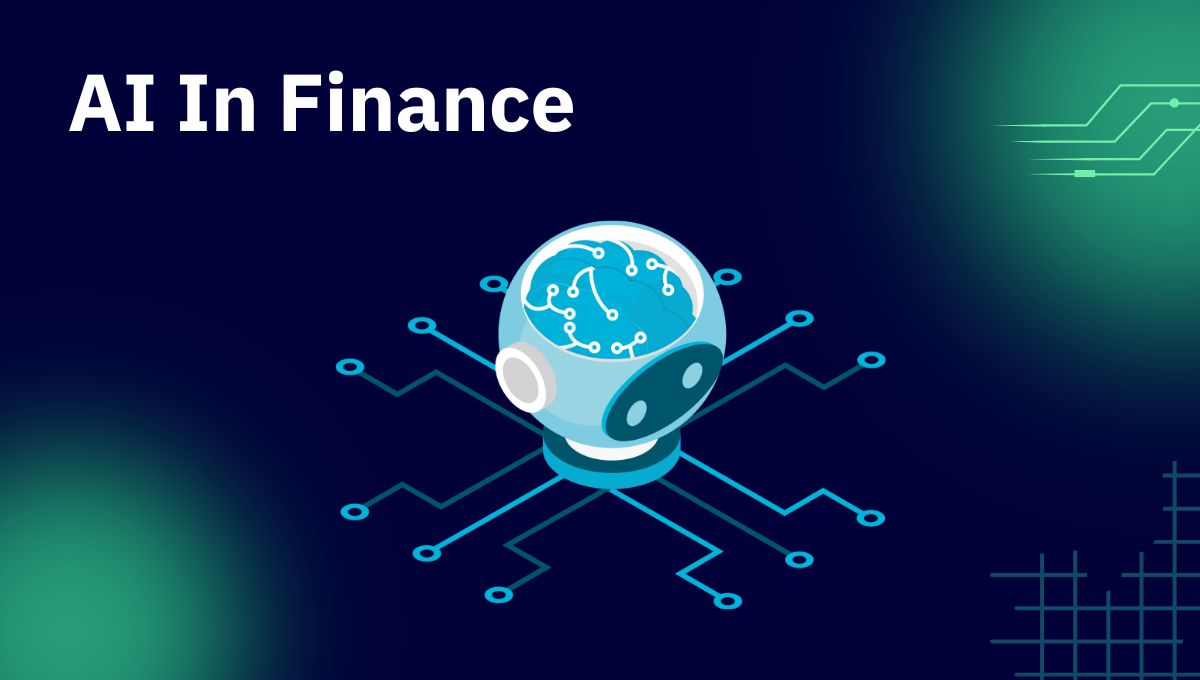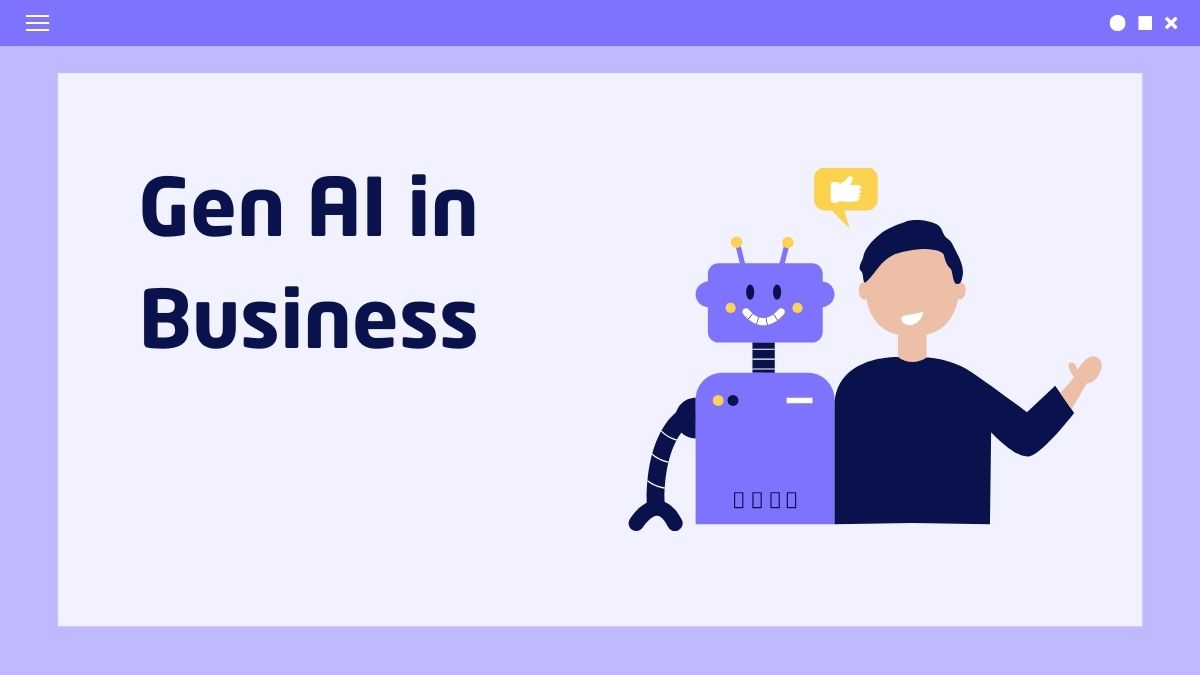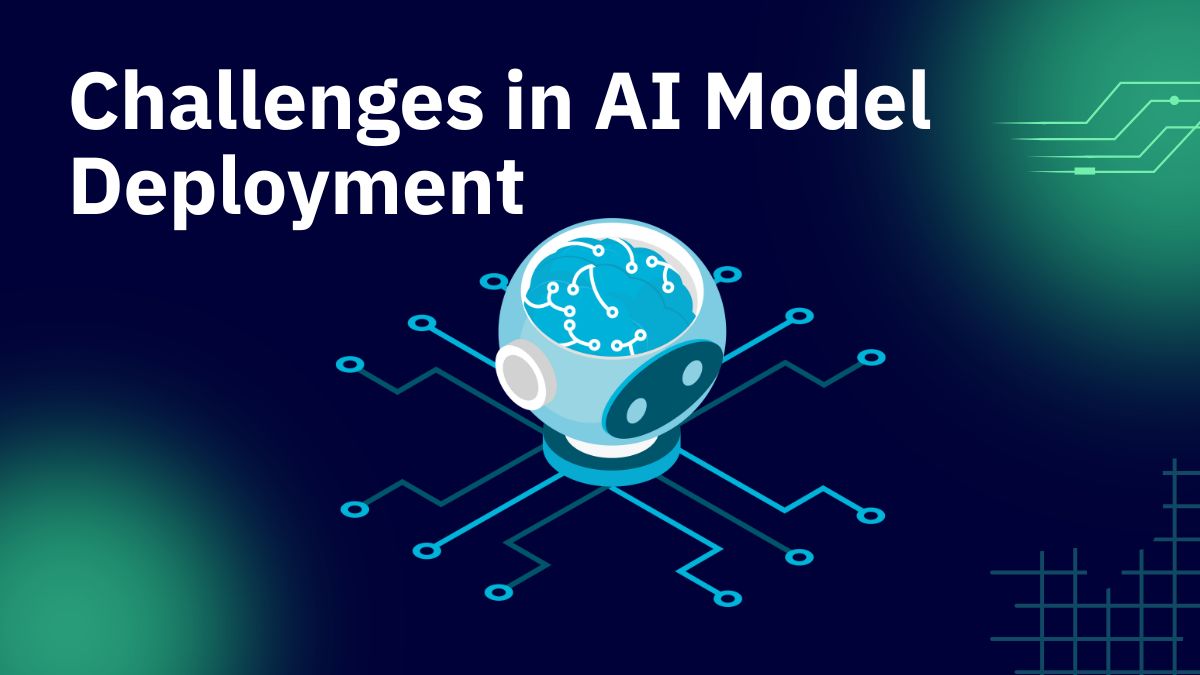Daily, tons of text data are produced by businesses – customer reviews, social media posts, emails, to name a few. But how do we make sense of them? Enter NLP Techniques – the miracle tools that convert raw unstructured texts to their more useful forms. From extracting customer opinions to increasing efficiencies and enabling smarter and swifter business decisions, Natural Language Processing in Business is becoming that driving force which drives change onto how business data are approached. Are you ready to find out how business strategies can be revolutionized? This blog explores key NLP Techniques, their applications, and how they can help businesses unlock the power of text data.
Why Text Data Matters in Business
Text data is one of the richest sources of insights for businesses. It offers valuable information ranging from customer feedback and market trends to brand sentiment. However, traditional methods cannot be used to analyze unstructured text data. Enter Natural Language Processing in Business—a revolutionary tool to convert text into actionable insights.
Whether you’re an analyst in a retail company or part of an AI team in a tech firm, understanding Text Data Analysis Techniques is crucial to making informed decisions. From identifying customer preferences to predicting market trends, the opportunities are endless.
Key NLP Techniques Every Business Professional Should Know
Here’s a breakdown of essential NLP Techniques and their applications:
-
Tokenization
Tokenization refers to the breaking down of text into the smallest units possible, like words or sentences. It forms a vital step in Text Data Analysis Techniques. For example, customer reviews on e-commerce sites begin with tokenizing sentences to get a sentiment of it.
Applications:
Classification of product reviews
Tokenizing sentences for chatbots to segment the output
-
Sentiment Analysis
This technique determines whether a piece of text conveys a positive, negative, or neutral sentiment. Businesses use this to track brand reputation and improve customer satisfaction.
Applications:
Applications of NLP in Business Intelligence: Analyzing Public Sentiment over a New Product Launch
Social media tracking to detect early signs of crisis
-
Named Entity Recognition (NER)
NER detects entities including names, locations, dates, and product names within text. It supports business processes such as the automation of document management and customer profiling.
Applications
Resume screening can be automated through the extraction of candidate information
Recommendation systems can be improved in e-commerce
-
Topic Modelling
Topic modelling finds the prominent themes or topics in a collection of documents. It is used widely to analyze large datasets like responses to surveys or social media comments.
Applications
Emerging trends in customers’ preferences can be detected
Organizing large volumes of customer feedback
-
Text Classification
Text classification is the process of assigning a text data into predefined categories. This is one of the most common techniques used in Text Mining for Customer Insights, which helps businesses to tailor customer interactions.
Applications:
Spam filtering
Support ticket categorization for quicker resolution
-
Lemmatization and Stemming
Both techniques reduce words to their root forms. While stemming cuts words to their base, lemmatization ensures that the word is meaningful in context. These are essential for search engine optimisation and document retrieval systems.
Applications:
Powering search engines
Improving chatbot accuracy
-
Machine Translation
Machine translation converts text from one language to another. With India’s linguistic diversity, this is one of the most impactful NLP Applications for Business Intelligence.
Applications:
Localising marketing campaigns
Translation of customer support questions in real time
-
Text Summarisation
Summarization methods condense vast text volumes into a summarized form. It is highly vital for decision-making purposes in fields like finance, legal, and health.
Applications:
Summarizing financial reports to pinpoint key points
Summary of legal contracts
The Role of AI in Business Transformation
Integrating AI in Business is no longer a luxury, it has become a necessity. Businesses that harness AI tools, especially Natural Language Processing into Business, have given themselves benefits over others in speeding up their operation, lowering cost prices and improving customer experience.
Examples include:
- Customer Support Automation: NLP-based chatbots reduce response times while efficiently handling complex queries.
- Text Mining for Customer Insights: Companies analyze huge volumes of text data from surveys and reviews to fine-tune their products and services.
- Personalization: Retailers use NLP Techniques to give personalized recommendations, which in turn increases customer loyalty.
Challenges in Implementing NLP
Though it has tremendous potential, implementing NLP is not without its challenges:
- Data Quality: Unstructured text is noisy with spelling mistakes, abbreviations, and inconsistent formats.
- Multilingualism: In India, businesses have to deal with text in different languages and dialects.
- Computational Complexity: High-intensity computational power and specialized expertise are needed to undertake Advanced Text Data Analysis.
To address these barriers, organizations are investing in staff training, adopting cloud-based AI platforms, and engaging edtech providers specializing in NLP.
Tools and Platforms for NLP
To leverage the strengths of NLP, professionals have to get familiar with prominent tools and platforms:
- Python Libraries: NLTK, spaCy, and Hugging Face make NLP programming easier.
- Cloud Platforms: Amazon Comprehend, Google Cloud NLP, and Microsoft Azure present scalable solutions for NLP Applications for Business Intelligence.
- Custom Solutions: Industry-specific platforms, which are tailor-made to suit the requirements.
These tools are assisting businesses of all sizes in incorporating NLP Techniques into their workflows.
Case Studies: NLP in Action
Case Study 1: Retail Sector
A retail leader in India used Text Mining for Customer Insights to analyze reviews on its e-commerce site. It used topic modelling and sentiment analysis to find out complaints and then made targeted improvements. This resulted in an increase of 15% in customer satisfaction scores.
Case Study 2: Financial Services
An Indian fintech startup made use of NLP Applications for Business Intelligence for customer onboarding. With NER, they automated the verification of documents and managed to reduce the processing time by 40%.
Case Study 3: Healthcare
A hospital chain implemented NLP Techniques, such as text summarisation and classification, to analyze the feedback given by patients. This way, it could identify its weaknesses, thus improving patient care quality.
Future Trends in NLP for Business
As technology evolves, so does the potential of NLP. Here’s what the future holds:
- Emotion Detection: Beyond basic sentiment analysis, advanced models will interpret complex emotions in text.
- Contextual Understanding: Tools like GPT-4 are setting new standards in contextual comprehension, making chatbots and virtual assistants more effective.
- Hybrid Approaches: Combining Natural Language Processing in Business with other AI techniques, such as computer vision, to create richer insights.
For professionals, it is important to stay updated with these trends to maintain a competitive edge in the global market.
Conclusion
In the era of big data, text holds the key to unlocking deep business insights. From tokenization to text summarisation, NLP Techniques empower organisations to make data-driven decisions, personalise customer experiences, and innovate faster. Whether it’s Text Mining for Customer Insights or automating workflows, the applications are vast and transformative.
For professionals interested in data analysis and AI, mastering NLP Techniques is an investment in the future. With the right tools, skills, and mindset, you can turn unstructured text data into actionable intelligence, propelling your career and your organisation forward.
FAQs
- What are some challenges of applying NLP to business?
Some of the challenges include:
- Data Quality: Unstructured text data is noisier or incomplete and, hence difficult to analyze properly.
- Language Complexity: Natural language is highly nuanced in terms of context, slang, and idioms, which make processing difficult.
- Scalability: Real-time processing of huge volumes of text data can be quite computationally expensive.
- Interpretation of Results: NLP algorithms do not always correctly capture the intent behind the text and can lead to misinterpretations.
- How does AI and NLP helps in the development of business?
Business processes have been bettered by the AI & NLP to minimize human effort by automating time-consuming tasks at hand, improving the decision-making processes, and healthily parsing insights from the consumers. Using NLP, a company can analyze large volumes of text data from its team to derive knowledge that might not have even made it onto the record. This will increase the productivity in operation, well-targeted efforts in marketing, and much better customer satisfaction, which all can lead to business growth.
- Can NLP techniques be combined with other AI technologies?
Indeed, NLP can go very well with other technologies within AI such as deep learning and machine learning, while integrating them with computer vision technology to give an enhanced boost on improving what is expected from complex tasks using deep learning models like the use of transformers, such as those utilized in GPT or Generative Pre-trained Transformer for improved accuracy and further depth in understanding complex languages.
- What are the upcoming business trends in NLP?
- Real-time Analytics: NLP will increasingly be used in real-time text data analysis in order to provide immediate insights.
- Multilingual Capabilities: NLP systems will begin to be multilingual, making it possible for businesses to reach out to the global audience.
- Enhanced Customer Experience: NLP will help to bring more sophisticated AI-powered customer service tools. Interactions will become easier and more personalized.
- AI-Powered Content Creation: Businesses will use NLP to create high-quality content automatically, such as product descriptions or reports.

